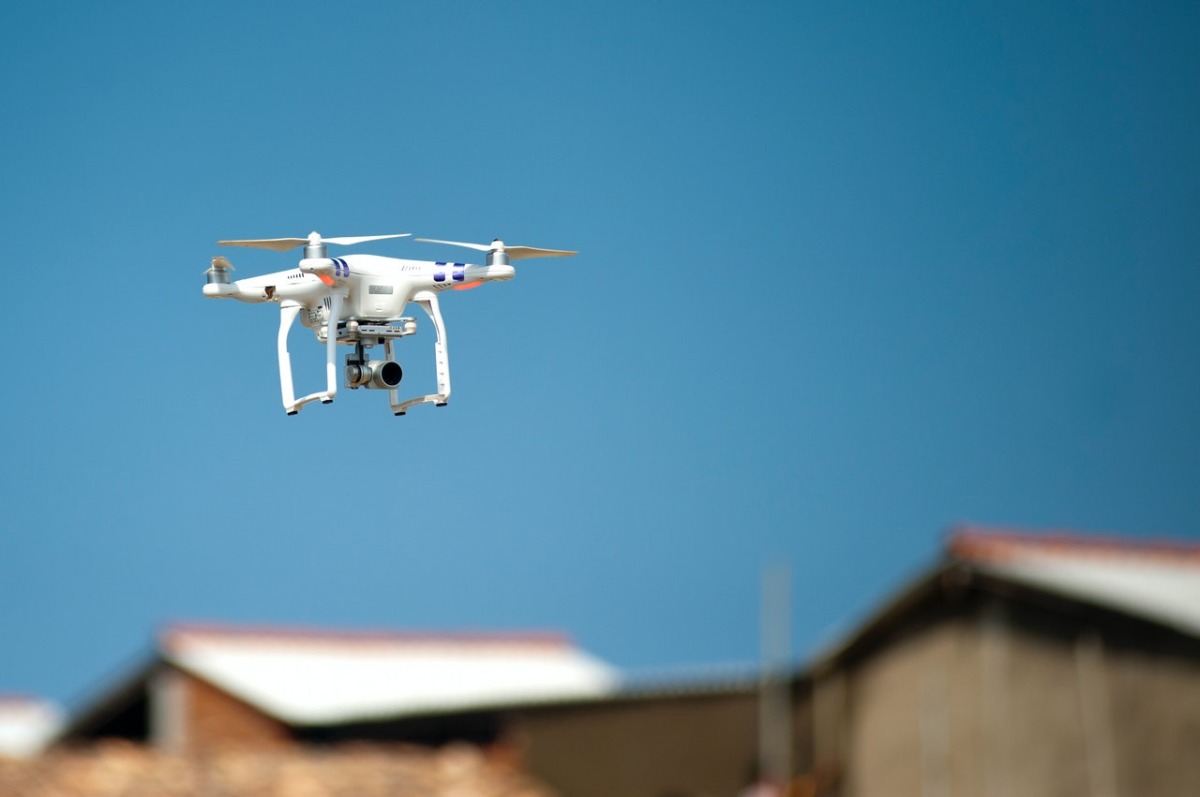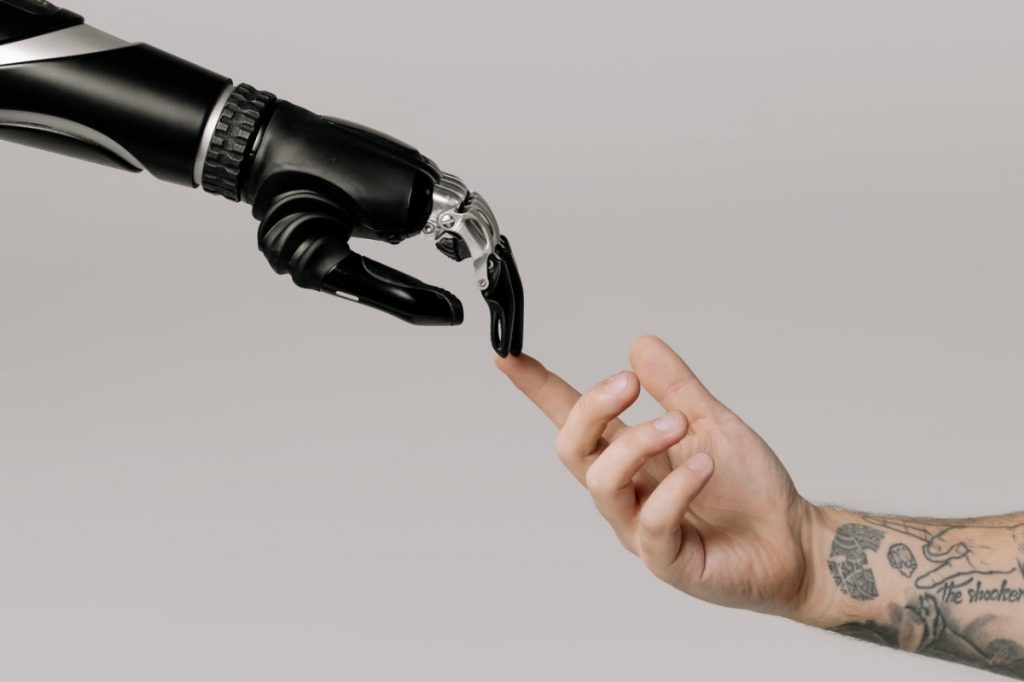Without a shadow of a doubt, robots are getting much more intelligent as the years roll by. Before, these futuristic man-made creations were given repetitive tasks. It seems logical, for instance, that you let an intelligent robot vacuum cleaner wander in your living room moving to and fro as it takes out the dirt. That way you can concentrate on the finer things in life: caring for the family and work. Today, these tasks may be one of the least in what robots can do.
The idea that robots can become an existential threat to us could be gaining a lot more traction these days. Why? Simply because robots have become more and more capable of doing more complicated tasks. Take for instance Sony’s Aibo, the robotic dog. Priced at about $3,000, this Japanese AI robot is both a pet and a toy. The scary part is the Aibos of today can recognize its owner’s face and voice. Plus, it can adapt to the personality of its owner.
Indeed, when it comes to robotics, there’s nowhere to go but up. Below are three industries that have made the most of arguably man’s most intelligent creations. Learn how their arrival has changed the business landscape for the better.
Manufacturing
As early as 1961, manufacturing had started its love affair with robots. Then, these technologies were dubbed programmable industrial robots. And we can say those robots back then were first-generation industrial robots. They help increase productivity no doubt. But all they were given were repetitive jobs, mostly menial tasks that ordinary workers found dangerous or largely boring.
That was then. Today the newer version of manufacturing robots has risen in stature. They can now do tasks in the manufacturing industry more efficiently than unskilled labor.
A glorious example is Australia’s Drake Trailers. By introducing just one single welding robot, the manufacturing firm from Down Under saw productivity rise to 60%. That’s a lot.
Take note that as robots have become more complex, the actuators that are being used have also increased in number and in quality. Know that actuators make the robot move. A classic example of a high-tech actuator is the stepper motor linear actuator. Although this is a linear actuator and allows the joints of the robot to move in a linear fashion, the stepper motor means higher precision in the robot’s movements. This gives way to jobs that need greater accuracy such as picking finer manufacturing parts.

Defense
Well, if there’s an industry that comes to mind when it comes to robots, the defense industry is top of that list. Yes, it’s true. When it comes to ensuring the safety of the public, robots assume a distinct place in the sun. And they’ve done a good job at it.
Truly, the defense department has benefited a lot from the use of robots. We’re talking about battlefield support, reconnaissance, and even sentry duty. You can see this happen if you look at the budget allocation for the defense industry these days.
Taking a page from the defense, many industries followed suit. For instance, the success of drones in recon operations in the military has led top companies such as Amazon to use them in their own enterprise. Drones today are at the center of the e-commerce giant’s operation.
But it did not stop there. Police work and public safety have relied on drones too to act as first responders in cases of car accidents. Uncrewed drones have become a favorite means to monitor real-time crime scenes and in other risky situations.
Healthcare
Last but not least, you have the healthcare industry. Perhaps today, it’s the biggest industry to bear, given the advance of the virus over time. And this is where perhaps people feel the biggest impact of robots today. The need to advance rapidly in healthcare cannot be overemphasized. And true enough, robotics have played a central role in its advance.
For instance, you have the much-ballyhooed da Vinci surgical robots by Intuitive Surgical. By using these robots, doctors achieve greater precision and greater productivity in their work. Small wonder why these robotic arms have become standard care for minimally-invasive procedures.
But that is not all. There are major operations that can benefit from the da Vinci robot. We’re talking about lung surgeries and hysterectomy to name a few.
Then there’s the iRobot, a robot for remote presence that allows doctors to interact with patients even from afar. This is telemedicine at its finest. And you can also say, it’s a robot’s most commanding performance yet.

